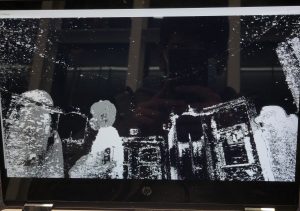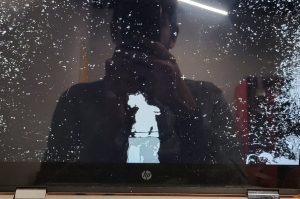This week I did the following tasks:
- I finished a BRISK algorithm version
- Last week I ran into an error using SURF and SIFT in which open cv kept giving runtime errors stating that they were patent protected / copyrighted, so I proceeded with BRISK
- Finished the BRISK implementation that extracted features from images of cereal and compared it to images containing cereal
- I tried to tweak the filtering algorithm I used – Lowe’s ratio Test – and some other parameters to see if I could detect one cereal box from a group of cereal boxes, but the process did not seem to be productive
- I plan to instead have the system detect if a cereal is present rather than for example honey nut cheerios vs regular cheerios for now, then branch to more detailed filtering in the future if possible since it is not part of our MVP
- I tried to tweak the filtering algorithm I used – Lowe’s ratio Test – and some other parameters to see if I could detect one cereal box from a group of cereal boxes, but the process did not seem to be productive
- Attended the presentation, asked questions and took notes
- One important take away was that another group actually was able to use SIFT
- We had previously pivoted from SIFT to BRISK because when I tried to use SIFT, open CV kept giving me an error stating that SIFT is a patented / copyrighted software so I could not use it, but the other team said they were able to use it
- I asked for their requirements file because I suspect that the patent issue can be avoided by using older versions of opencv and/or python
- I began attempting to develop a similar detection algorithm with SIFT as I did with BRISK
- One important take away was that another group actually was able to use SIFT
In terms of schedule, it felt like I did more work than weeks prior, but that could be because I began shifting from research to implementation. As always, I have room to improve on my time management, but I do not feel any more behind than last week.
The main way I intend to catch up and do better this upcoming week is the following
- Finish a comparable SIFT detection as I did with BRISK
- Begin designing and implementing a process to actually use the detection for a pool of images to simulate the process of the algorithm looking for multiple items rather than fixed test items / images


